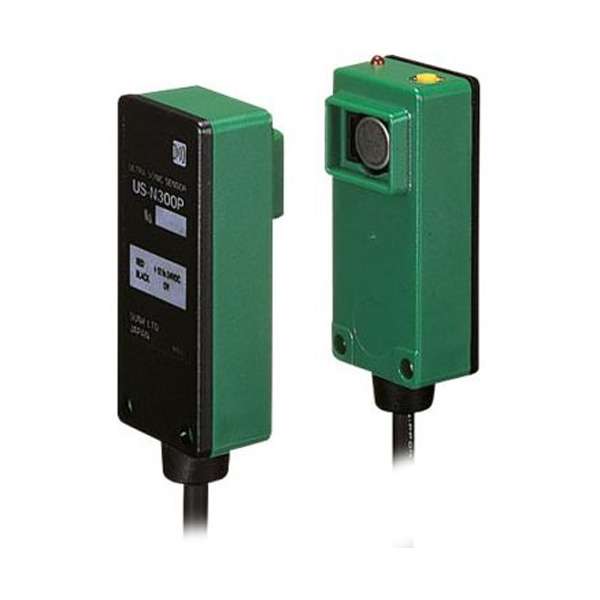
Ultrasonic Sensors
Ultrasonic sensors are widely used in industrial automation for non-contact distance measurement, object detection, and level monitoring. These sensors work by emitting high-frequency sound waves, typically in the ultrasonic range (above 20 kHz), and measuring the time it takes for the sound to bounce back from an object. The sensor then calculates the distance based on the speed of sound, providing accurate and reliable measurements even in challenging environments.
One of the key advantages of ultrasonic sensors is their ability to detect a wide range of materials, including solids, liquids, and granular substances, regardless of color or surface texture. This versatility makes them ideal for applications in industries such as manufacturing, automotive, food processing, and agriculture. For example, ultrasonic sensors can be used to monitor liquid levels in tanks, detect the presence of objects on a conveyor belt, or control the positioning of robotic arms.
Ultrasonic sensors are highly effective in dusty, dirty, or humid environments where optical sensors may struggle. Since they rely on sound waves rather than light, they are unaffected by factors like ambient lighting, making them a robust solution for outdoor and harsh industrial settings. Additionally, these sensors are commonly used for proximity detection in automated systems, ensuring safety by detecting obstacles and preventing collisions.
Another benefit of ultrasonic sensors is their high precision. With accurate distance measurements in both short and long ranges, they can be used for detailed inspection processes, positioning control, and precise object detection.
In summary, ultrasonic sensors provide an essential solution for industrial automation by offering non-contact, versatile, and reliable measurement capabilities. Their ability to function in demanding environments and detect a variety of materials makes them indispensable for improving efficiency and safety in automated systems.
